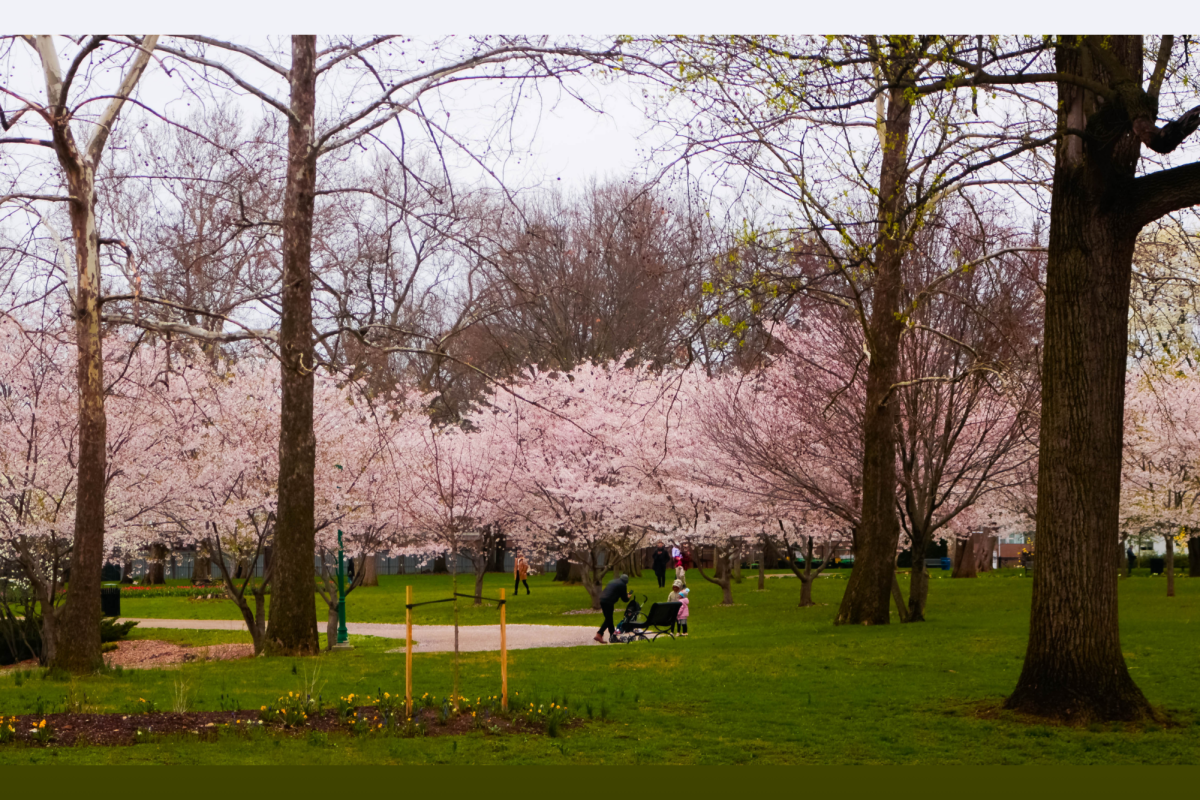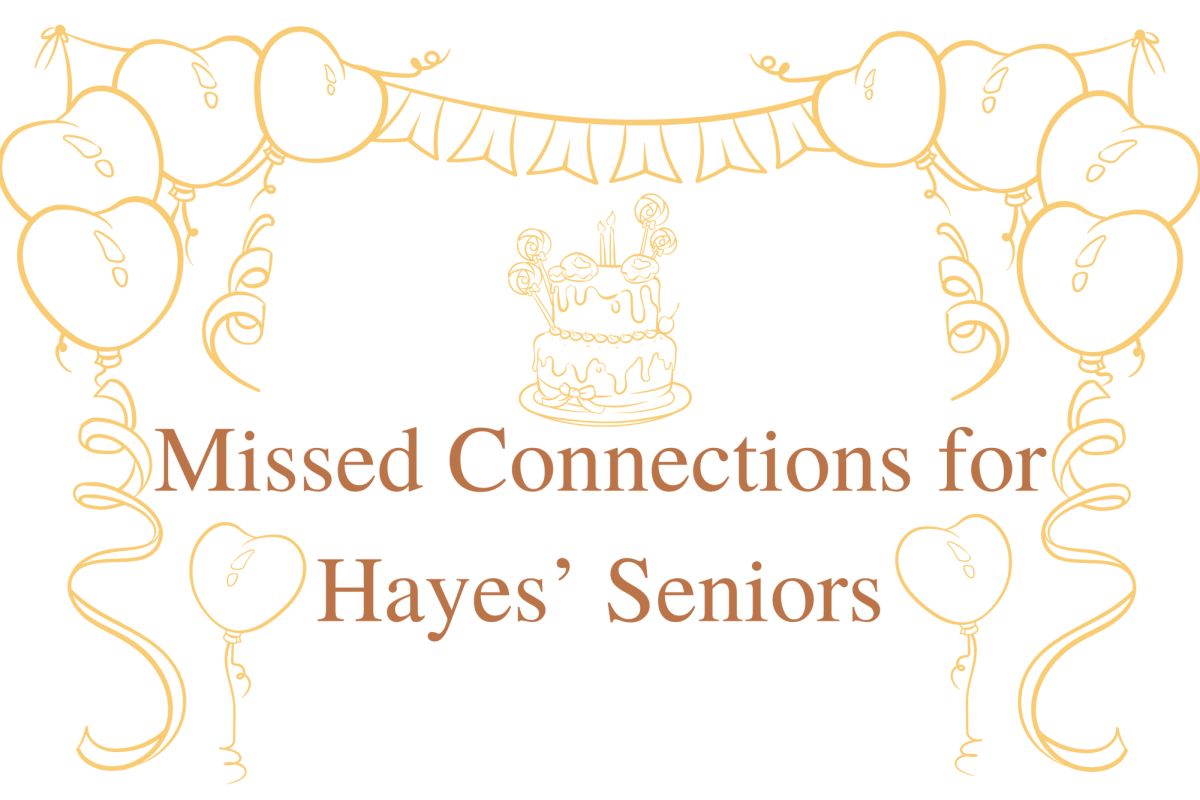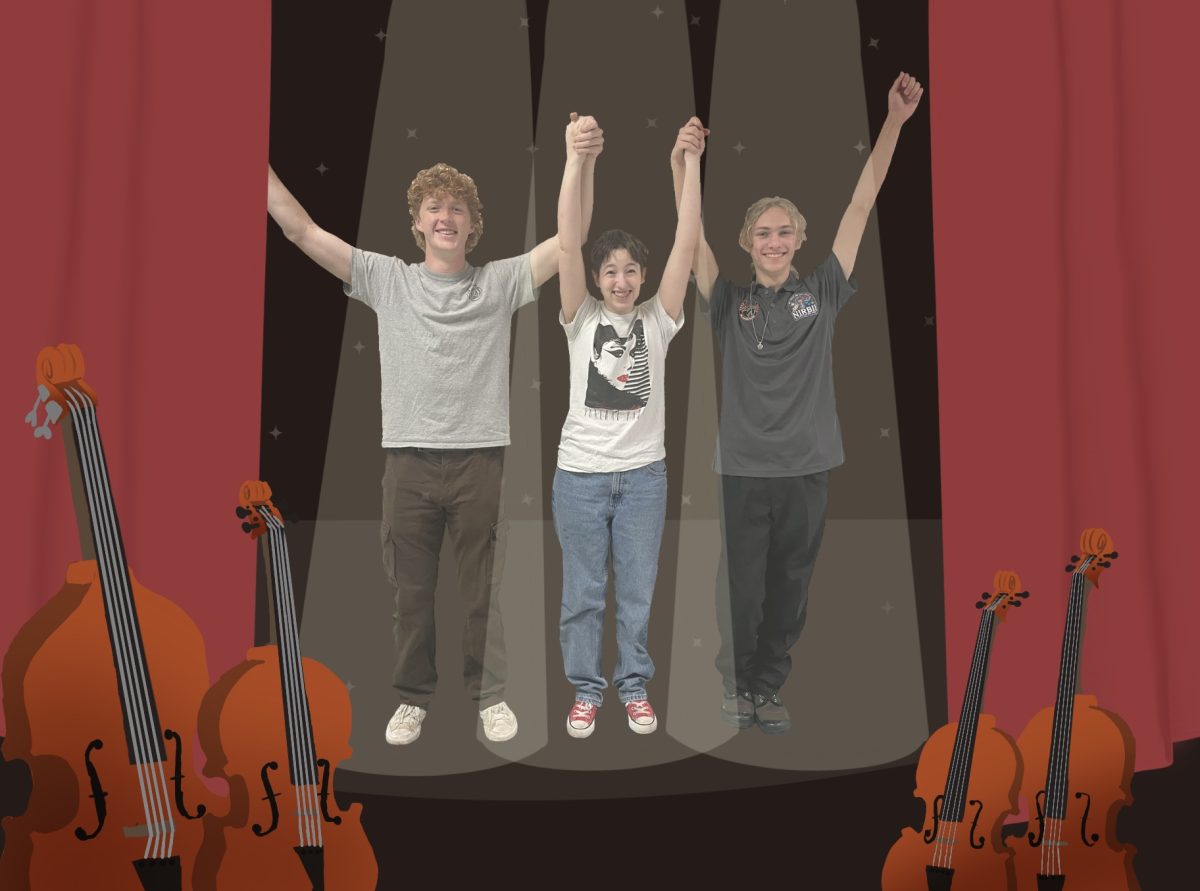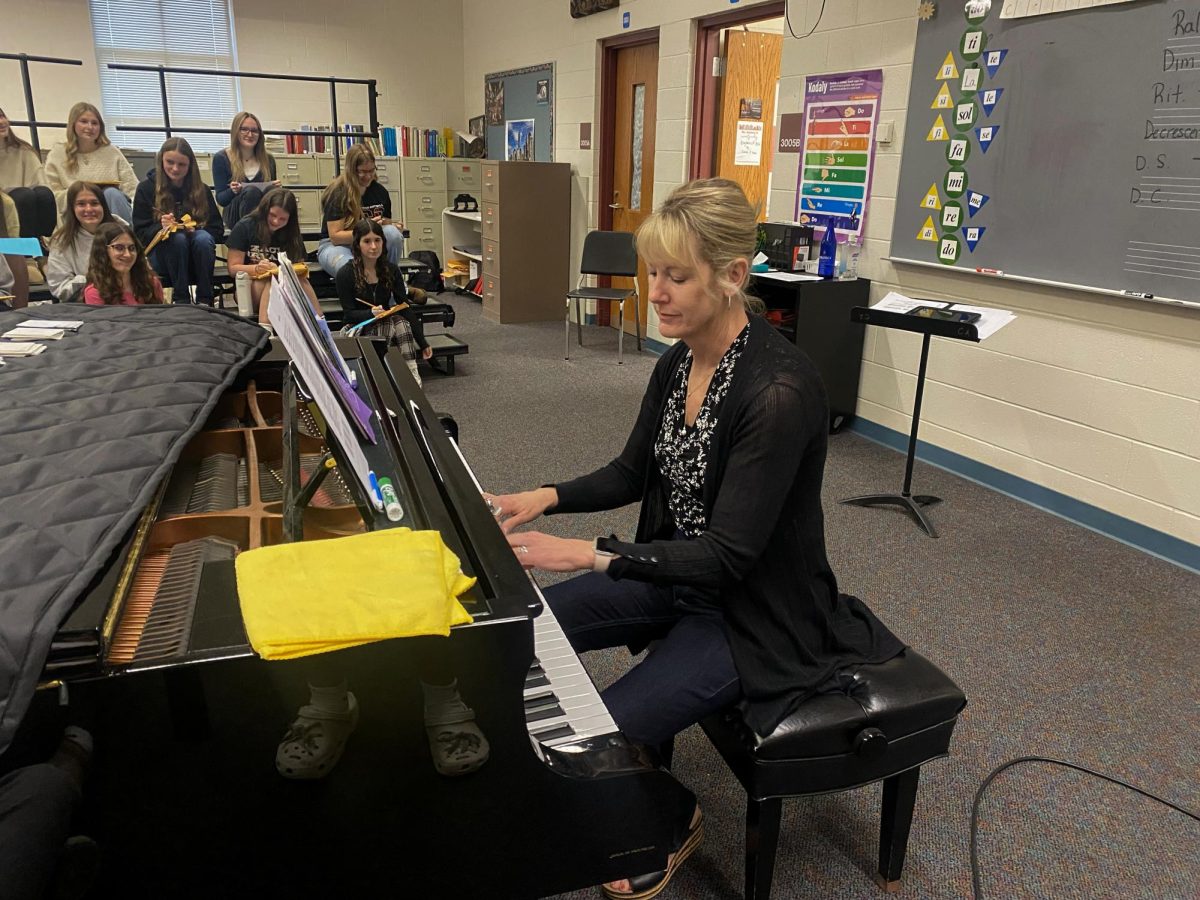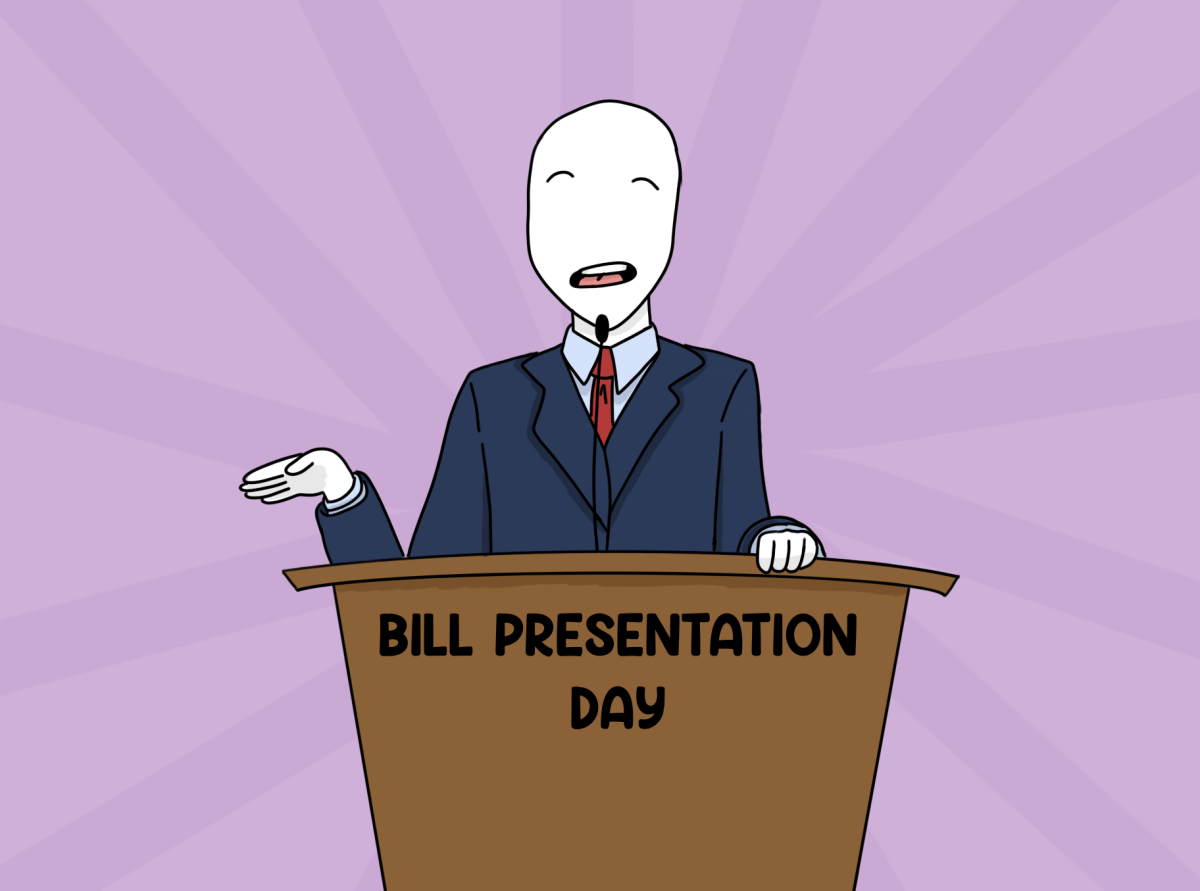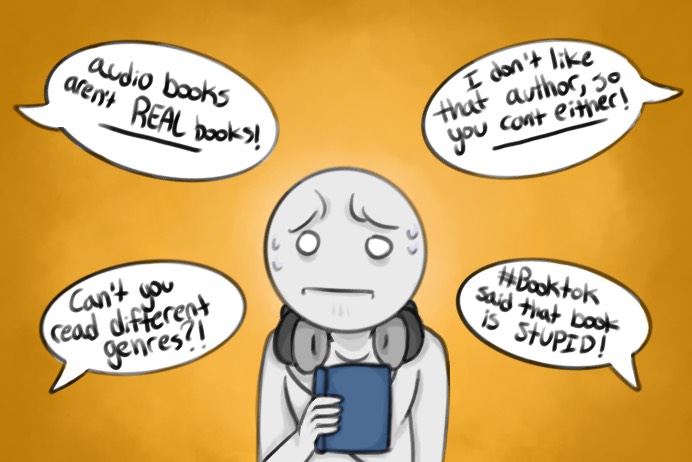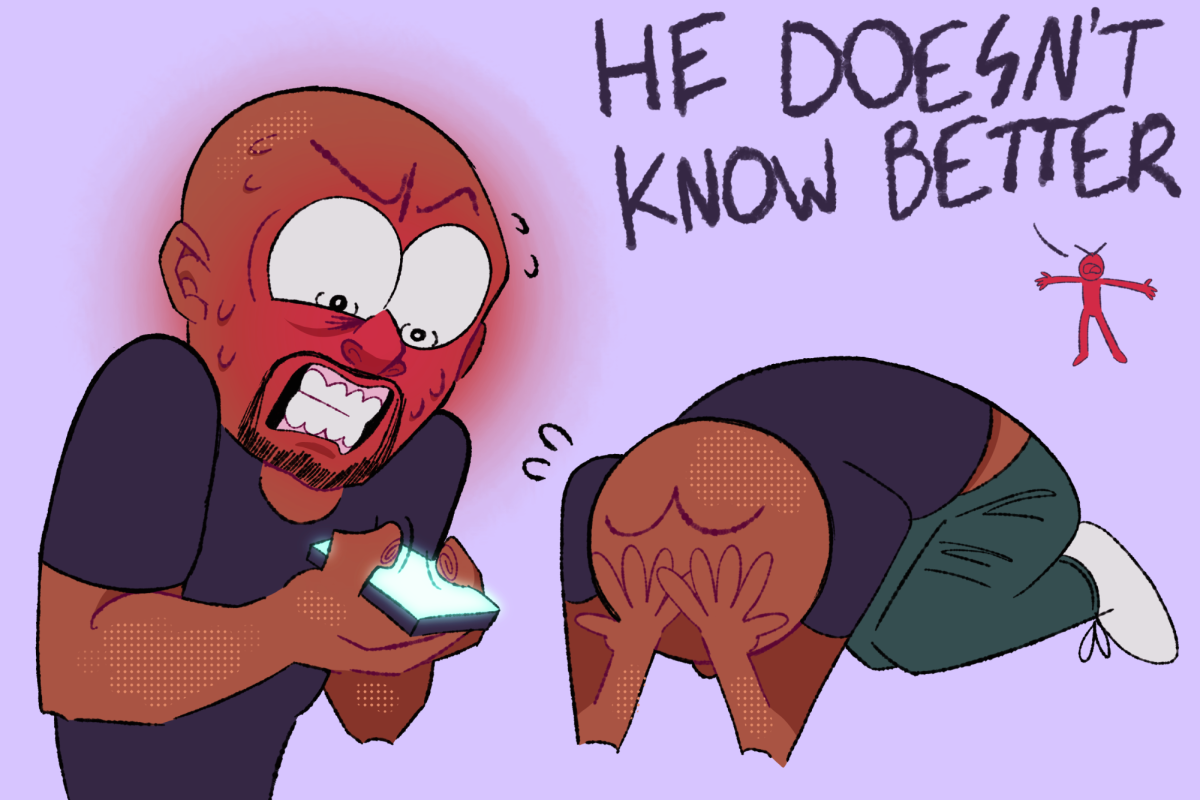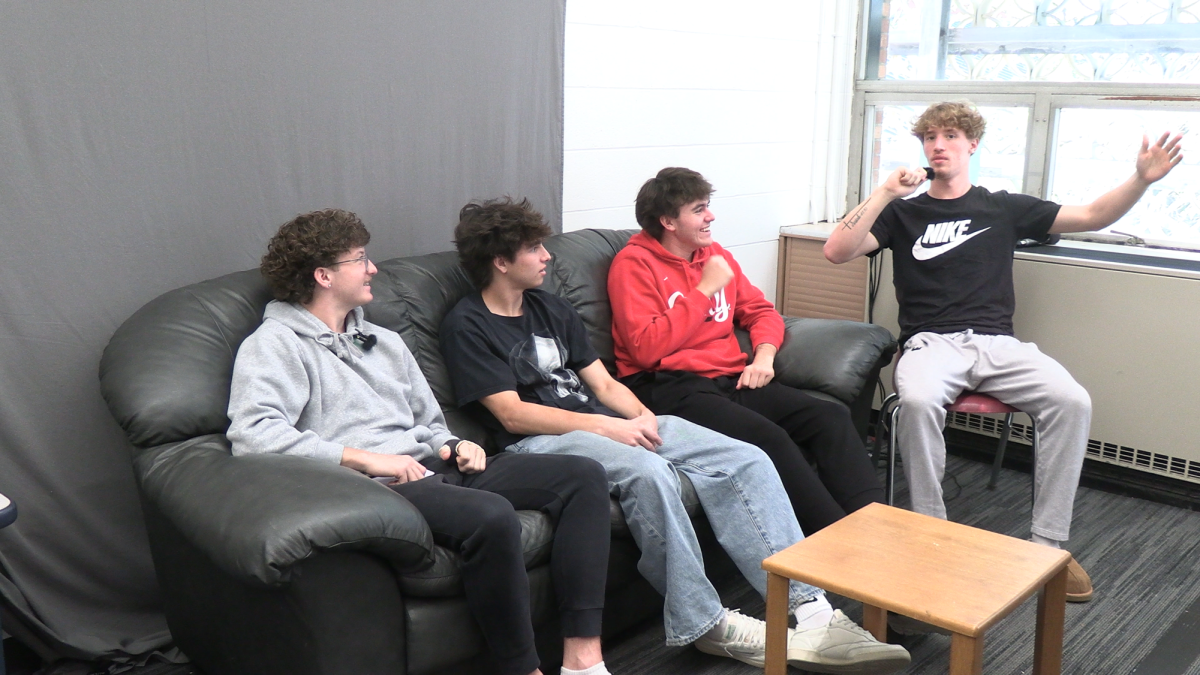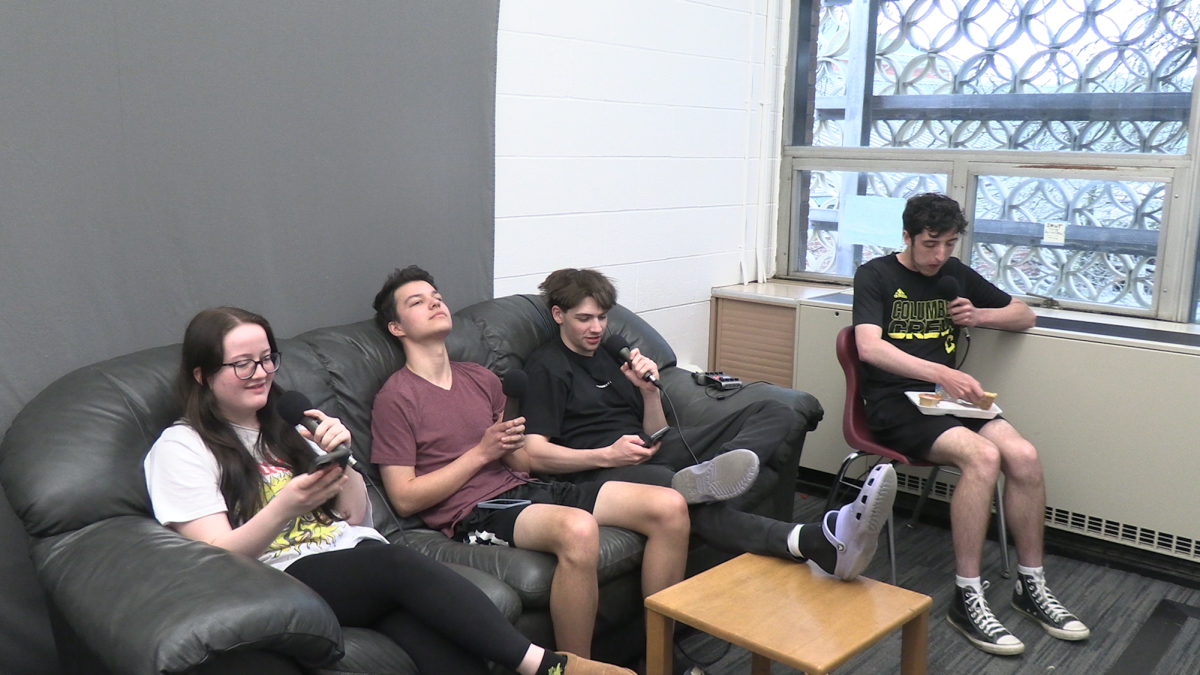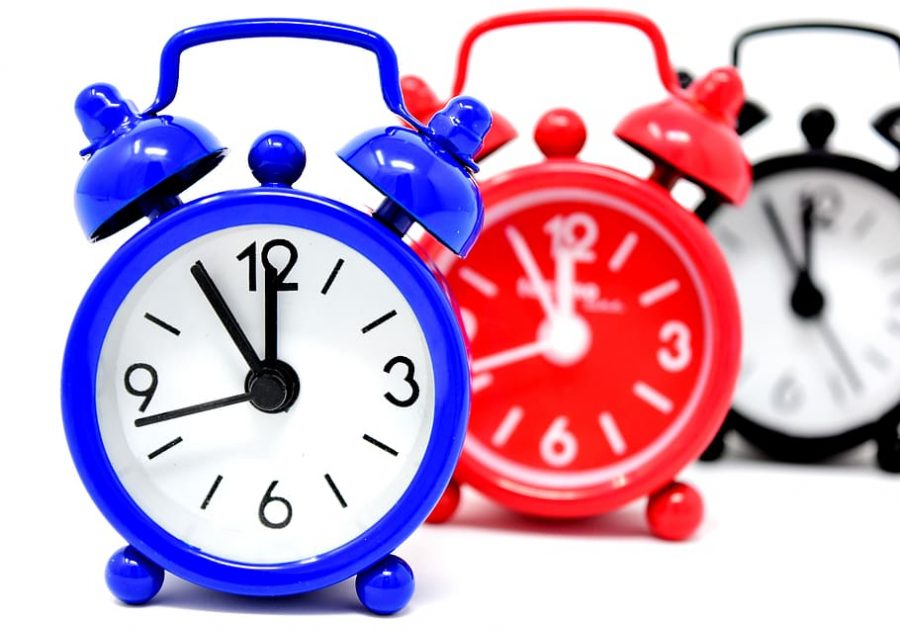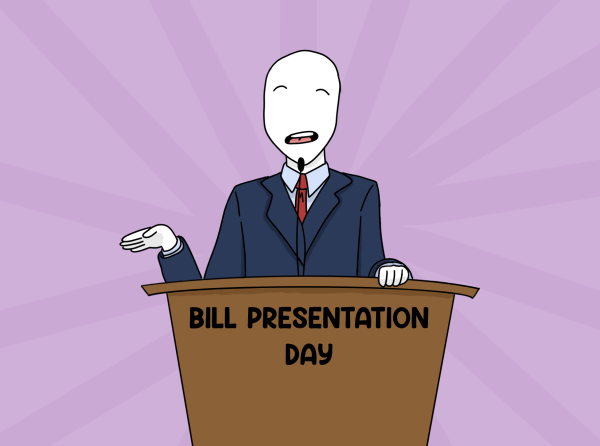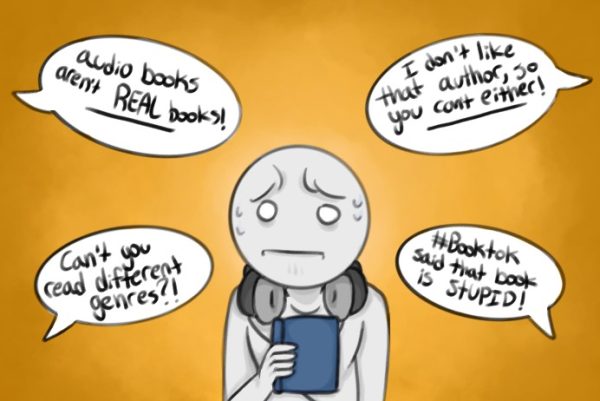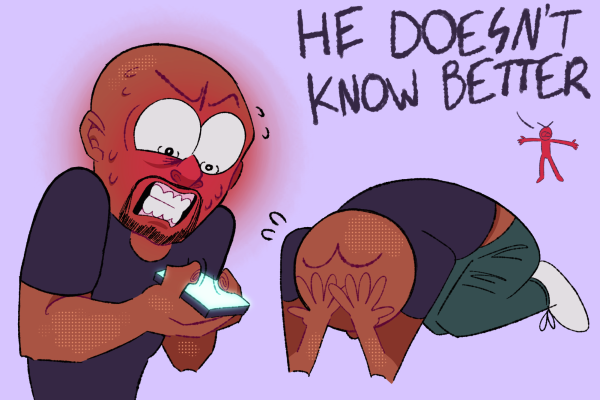Permanent Daylight Saving Time: stop changing the clocks
On November 1, Daylight Saving Time (DST) ended and most places in the United State “fell back” an hour. This switch back to Standard Time will only last through the winter, before the clocks “spring forward” in March.
DST was originally implemented by Germany during World War I to save fuel. By “adding” an hour, the sun set later, and people had more time in the evenings. Nowadays, our modern 24-hour societies make DST less effective for saving energy.
In 1918, DST was instituted in the U.S. by the Standard Time Act, however, the practice fell apart after the war. Then, in 1966, the Uniform Time Act made DST an official practice throughout the U.S, with a few exceptions.
More recently, several states have passed legislation to stay on permanent DST if Congress were to allow it.
Although legislation on time may seem insignificant, DST and the time changes have considerable effects on health, road safety, and crime.
Changing the clocks on the walls is not healthy for the body’s biological clock. Time changes disrupt our sleep-wake cycle and other internal functions.
Incidences of strokes and heart attacks in the U.S. increase as much as 24% in the days following the time shift in the spring, possibly due the fact that our biological clocks regulate some cardiovascular functions. It’s also been noted that rates of heart attacks also rise in November when the clocks “fall back.”
Beyond physical health, clock changes can also impact mental health. A Danish study found increased rates of clinical depression for 10 weeks after the transition back to standard time.
For individuals with seasonal depression, the loss of an hour of afternoon light after DST can trigger some mental illnesses. Losing light is inevitable as winter draws near, but staying on DST would make the loss seem much less abrupt.
Having more light in the afternoon is also beneficial to people in general since shopping and recreational activities are far more prevalent in the evening than morning.
Additionally, more people are on the road in the evening, making the light more helpful for reducing traffic accidents. When we transition to standard time, the sun sets an hour earlier, around 5 p.m. Unfortunately, this means that drivers are in the dark during rush hour.
In general, the evening rush hour is more dangerous than the morning. Accidents are reduced in the morning because people leave their homes at different times, however, after sunset, fatal vehicle-on-pedestrian crashes triple. With a greater number of people on the road at the same time, the risk for accidents increases.
Staying on DST means the sun would set around 6 p.m. at the earliest, but that extra light between 5-6 would help more people get home for dinner safely and help families avoid many emotional loss and financial costs.
The evening light of DST also deters criminal activity, since light increases the probability that a criminal might be caught or identified.
A 2019 study found that as sunlight is increased by an hour with DST in the evening, crime decreases by 20%. Conversely, there was a 30% increase in robbery during the autumn transition when light decreases.
Additionally, a 2015 study found that an increase in light in the evening created an estimated social cost avoidance of over $550 million per year. It was also found that a three-week DST extension that started in 2007 resulted in significant savings of $18.5 million per year in avoided robberies.
Since ambient light reduces criminal activity, it should be utilized to the fullest extent. The gradual loss of light in winter might lead to spikes in crime rates, but they’d be less sharp than if we continued to automatically strip an hour of light from the evening.
With the fact that more countries around the world do not flip their clocks back-and-forth than those that do, it’s odd that we have remained set on keeping the practice.
By amending or completely repealing the Uniform Time Act and enacting permanent DST, we can avoid the risks involved in the transitions, and maintain light in the evening that would not only aid and encourage activity, but also save money and lives.
Your donation will support the student journalists of Rutherford B. Hayes High School. Your contribution will allow us to purchase equipment and cover our annual website hosting costs.

Amanda Stevens (she/her) is a senior at Hayes. This is her second year on the Talisman staff. She enjoys music, dancing, and also plays violin in symphony...
















